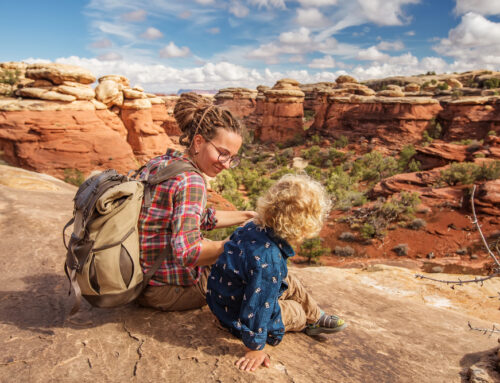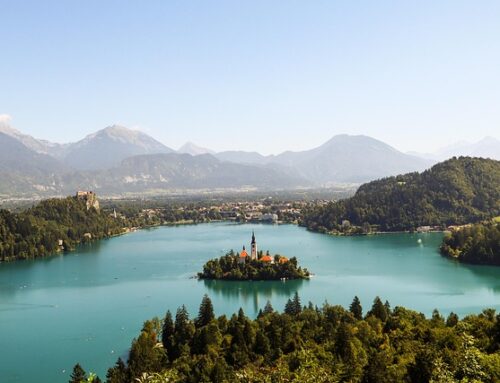Everything To Know About Climbing Mt. Everest, Highest Mountain in the World
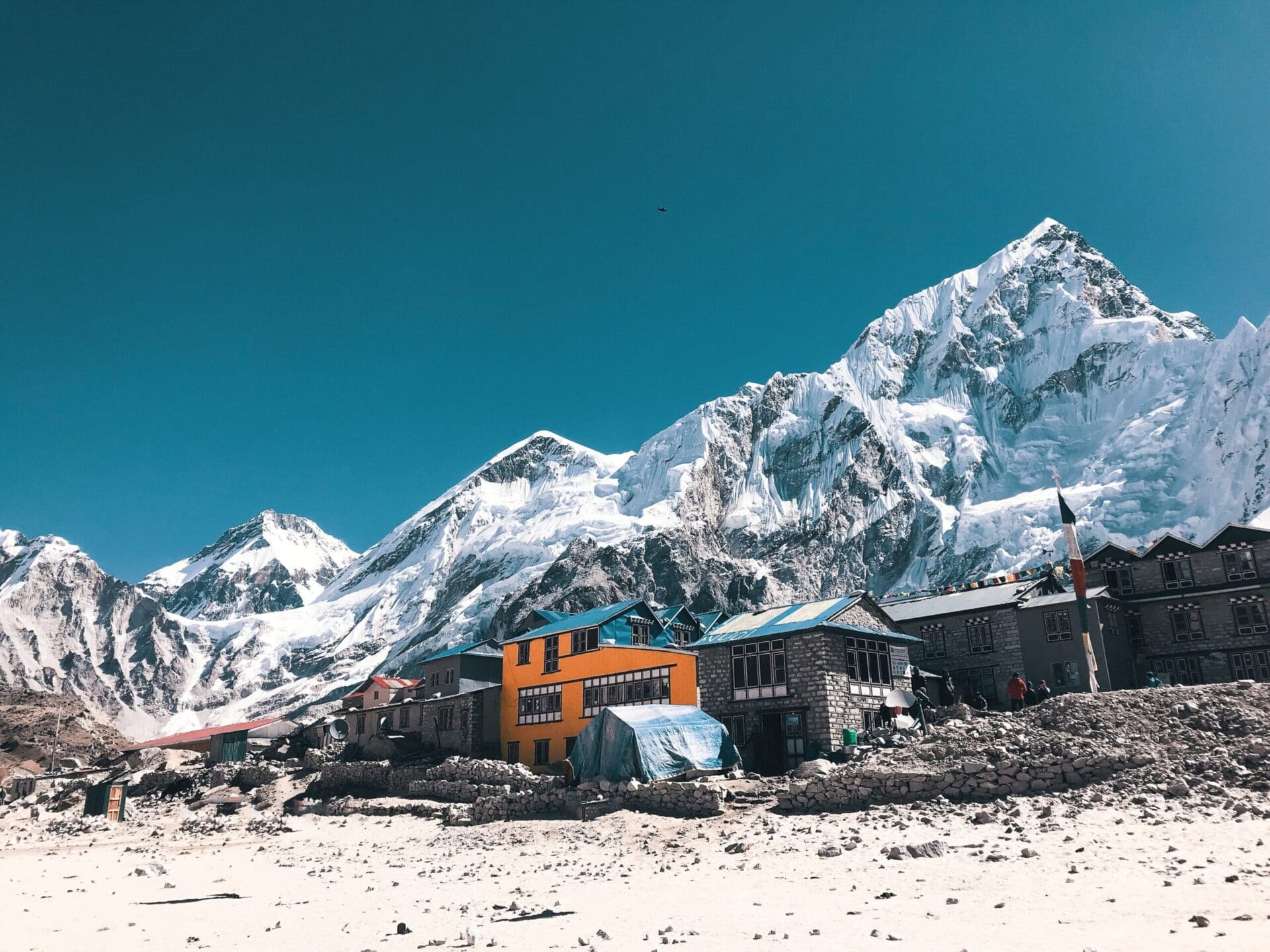
How to climb Everest? Things To Know to Journey to the Highest Mountain in the World
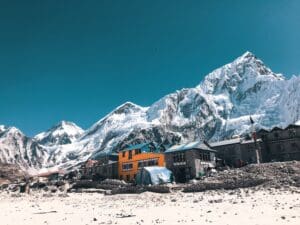
Everest (Jomolungma) is the highest mountain peak on the planet. It is located in the Himalayas on the Mahalangur-Himal range. The shape of the mountain resembles a triangular pyramid. The South Summit of Mount Everest has a height of 8,760 meters and is located on the border of Nepal (Sagarmatha National Park). The Chinese part in Tibet is the northern summit at 8,848 meters. The southern slope of Jomolungma is so steep that the snow on it does not hold. The massif mountain is covered on all sides by glaciers.
Climatic conditions around Mount Everest are extremely harsh as well. Winds reach speeds of 55 meters per second and those wishing to conquer the mountain top will face extremely low temperatures on their way. It can drop to minus 60 degrees in winter, and in the warmest summer month (July), the air is heated to zero degrees at best.
Everest’s summer conditions may seem bearable, but do not forget that the monsoon winds rage at this time, bringing a huge amount of rainfall with them. Summer snowstorms on Everest can be so strong that even for experienced climbers, it becomes impossible to continue the ascent. Still there are many adventurers who aim to climb Mt. Everest in their lifetime. The essay writing service did in-depth research and talked to people who had climbed Everest and made tips on how to climb the mountain.
How long does it take to climb Everest?
Before you set out to conquer Everest, carefully weigh your strengths and abilities. It will take you quite a long time to train and to climb. Expeditions for non-professional athletes are organized in May, the safest month in climatic conditions. Altogether the ascent to Everest will take about two months, and taking into account the route to Base Camp and possible contingencies, the total duration of the trip may be over three and a half months.
How do I get to Base Camp?
If you are not an experienced climber with dozens of conquered peaks under your belt, you should limit your climbing to Base Camp, located at 5300 meters. Such a trip is quite safe and much cheaper than a full-fledged ascent to the top of the mountain. However, most people who want to climb Everest want to go as far as possible, if not to the summit. Unfortunately, no one can give you a guarantee of climbing to the summit because of the climatic factors described above and other circumstances due to which the expedition may be interrupted.
Any Everest expedition starts with trekking to the base camp. There are two such camps. One of them (North) is located on the territory of China in Tibet, and the second one (South) is in Nepal. To get to the North Camp, you will need a permit from the Chinese government, which is not easy to obtain and quite expensive. That is why most travelers prefer to start climbing Everest from the South Base Camp. It takes 11-14 days to get there. The trip begins with a flight to Kathmandu, the capital of Nepal. A small plane takes the group to Lukla (the flight takes about 40 minutes). The group will have to walk the remaining 50 kilometers to the Base Camp. Hiking groups travel 4-5 hours a day and cover the entire route in about 9-10 days, depending on training and weather conditions.
How does the ascent of Everest go?
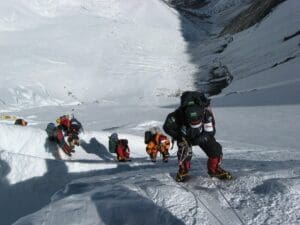
So, you get to Kathmandu and from there to South Base Camp. Recall that this route will take about two weeks. Legitimate question of many tourists: why the route is only 50 kilometers long and takes about ten days. The base camp is located at the height of over 5300 meters, and the start of the route – is at an altitude of just over 2000 meters. To prevent health problems, the altitude should be set gradually so that the body acclimatizes and gets used to life in conditions of lack of oxygen. Just think, at the summit of Mount Everest, to take just one step, a person has to take up to 15 breaths. Certainly, conditions are not so rough on the march to the base camp, but you should not ignore safety rules. Read on to find important things to know before taking a journey a journey to Mt. Everest.
Acclimatization stops are made for 1-2 days for every thousand meters of ascent. You are advised to drink plenty of water and carefully listen to your body’s reaction. It’s always better to go back for a while than overpower yourself and miss your goal. In the base camp, those who want to go all the way will spend about a month, during which the necessary equipment will be prepared and tested, groups will be formed, and the body will adapt to the mountain conditions.
The ascent to the mountain peak is held in stages, with stops at high-altitude camps located at 5800 meters, 7000 meters, 7800 meters, and 8300 meters. Moreover, after climbing to a certain height, the group returns to a lower elevation for the night. It is very dangerous to stay overnight at the maximum altitude of the day. In addition to experienced guides, the group is accompanied by representatives of the indigenous population – Sherpas. They perform the most important functions: help to carry equipment, fix ropes, and do other work, which even trained athletes cannot do.
It is worth noting that the ascent to the highest point of the mountain from the mark of 7900 meters is not always carried out, as there is the so-called “zone of death,” where they do not even evacuate the bodies of the dead climbers. Breathing here is possible only with the help of an oxygen mask, and every step is, without exaggeration, extremely difficult. If the group did make it to the summit, they would have to return after 20 minutes in order not to join the sad list of those killed on Everest.
Besides the lack of oxygen, other dangers await those who want to conquer Everest. The main one is avalanches, which always happen suddenly and have already taken many lives. There is no protection against this phenomenon, and, as a rule, not many people manage to save themselves.
Another common cause of tourists’ deaths in the harsh climate. Even experienced climbers have fallen victim to snowstorms and freezing temperatures. Malfunctioning equipment is another reason why people die on Everest. Broken belaying harness, broken oxygen equipment – all this can lead to the most terrible consequences.
Remember that climbing Everest is not just a hiking route but a risky activity that requires serious preparation. During the two months of the ascent, you will live in extreme conditions. Not everyone can do that.
Requirements for those who want to climb Everest
The main requirement – is the availability of free time and financial capabilities. Naturally, for a full-fledged ascent to the highest mountain on the planet, you will need excellent health, reliable equipment, and considerable climbing experience. If you do not have any of these components, trying to make an ascent is at your own risk. Before the start of the route, you will sign a paper saying that you are solely responsible for yourself and that in the case of accidents, you and your family will not have any claims to the organizers of the ascent.
As for equipment, not everybody has a complete set of high-altitude professional equipment. You do not necessarily need to buy it. It is enough to agree to rent it. You should do this beforehand to avoid not being able to get any help with equipment at the Base Camp.
Conquering Everest is a dream of many people, but not everyone can achieve it. The mysterious and harsh summit of the world, where the locals say that the gods live, is conquered only by the toughest and bravest, who are ready to overcome nature and themselves.
**************************
About The Author: Vicki Mata is the author of the blog WowEssays, which covers valuable tips for students and writes acutal education news in general. Vicki also has great expertise in writing articles about life and travel.

